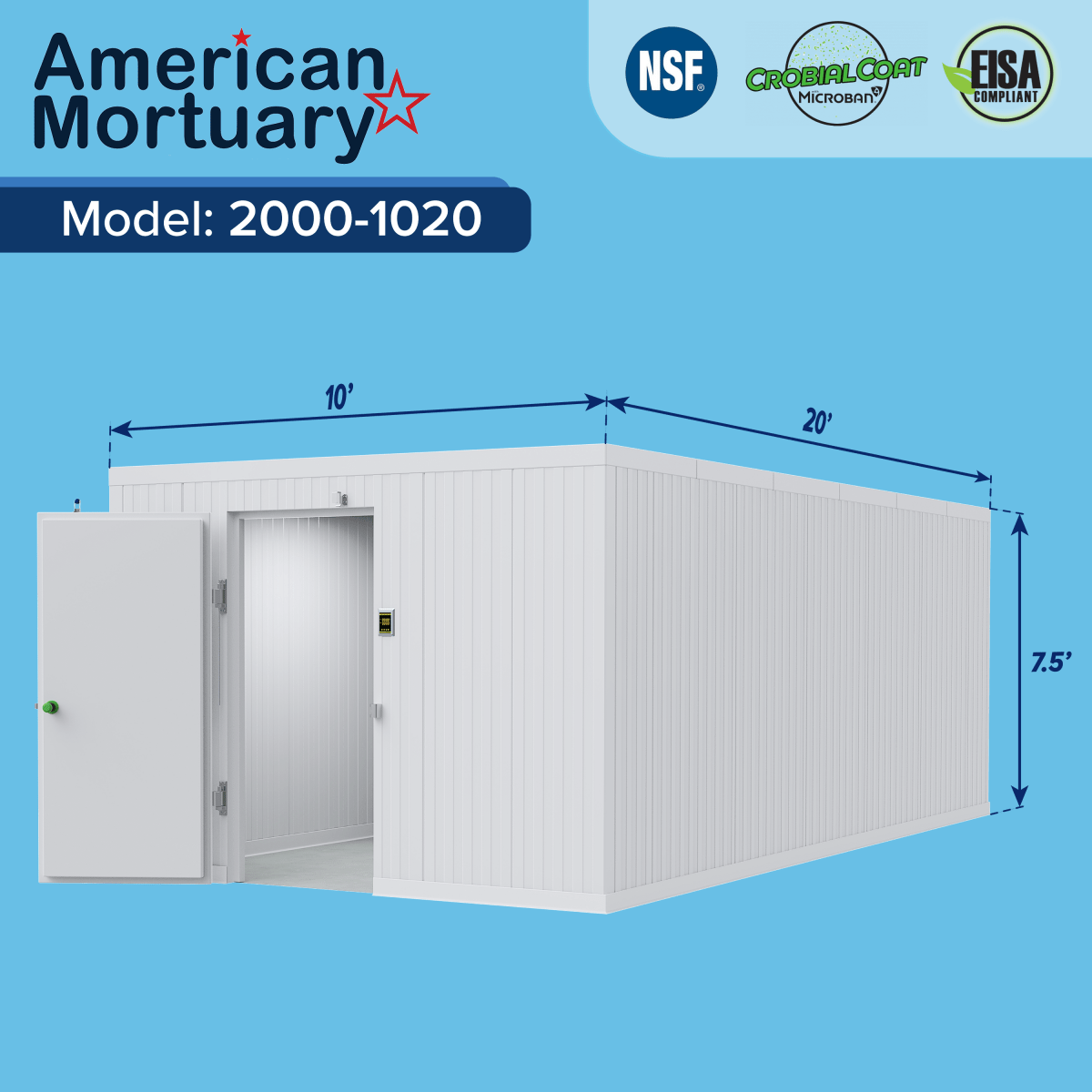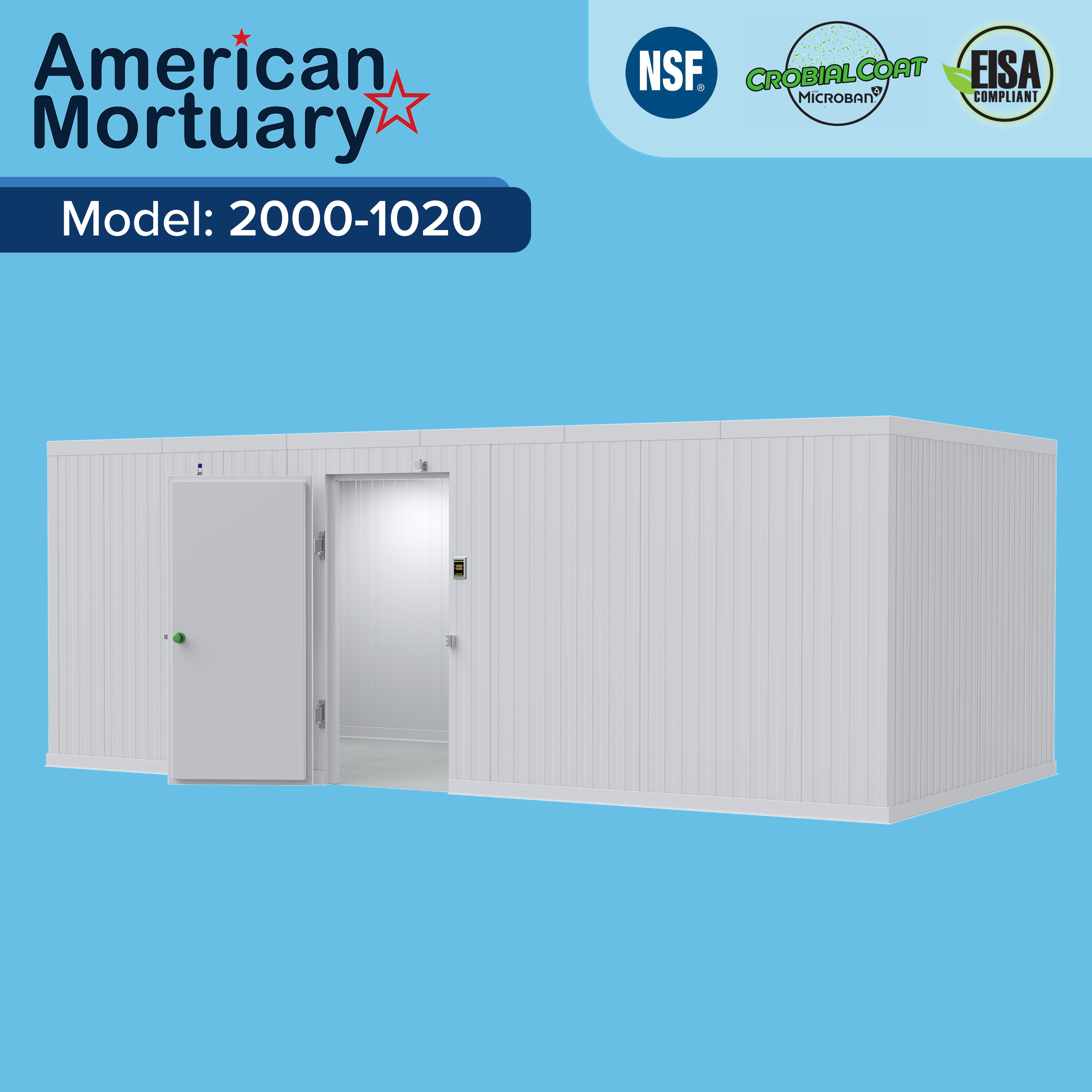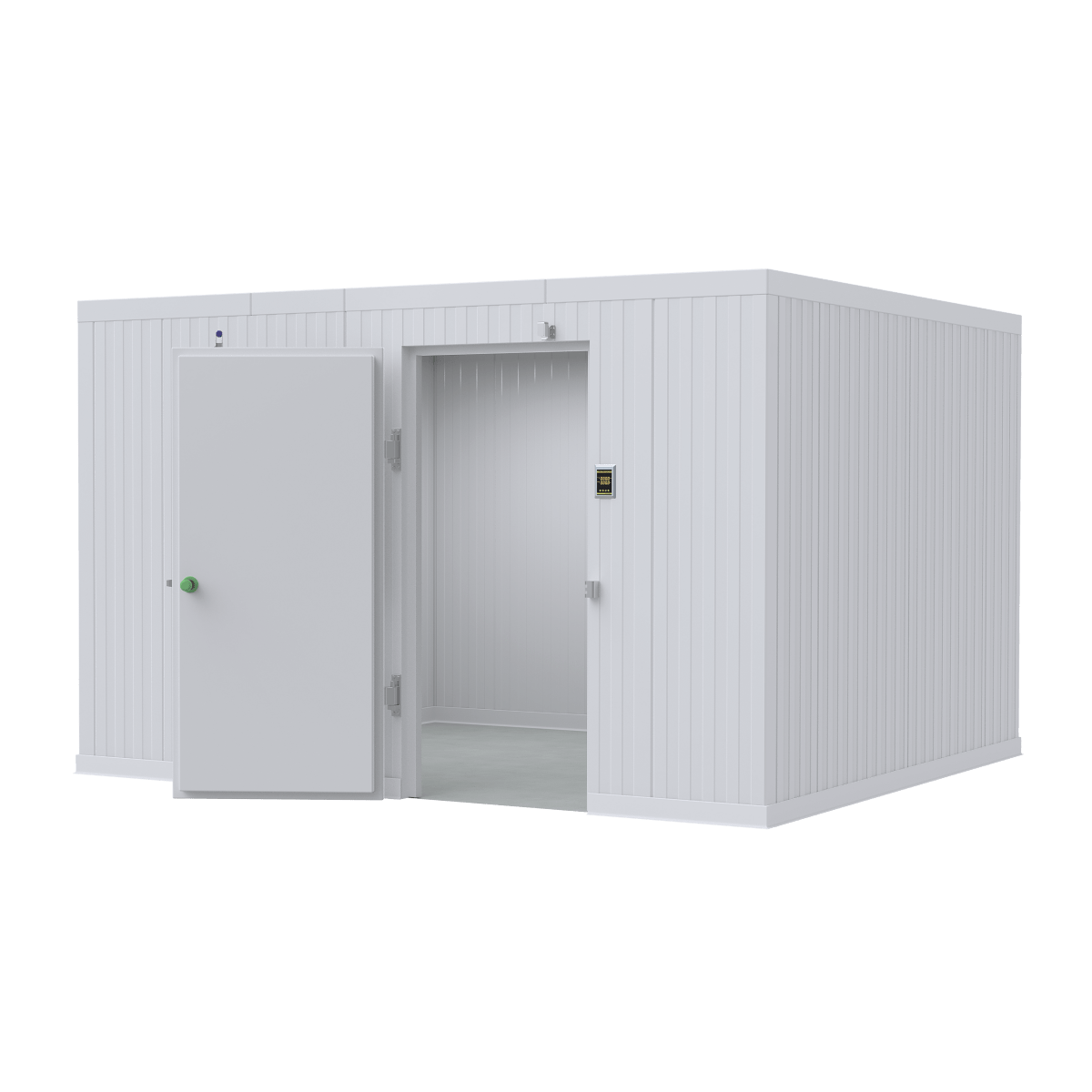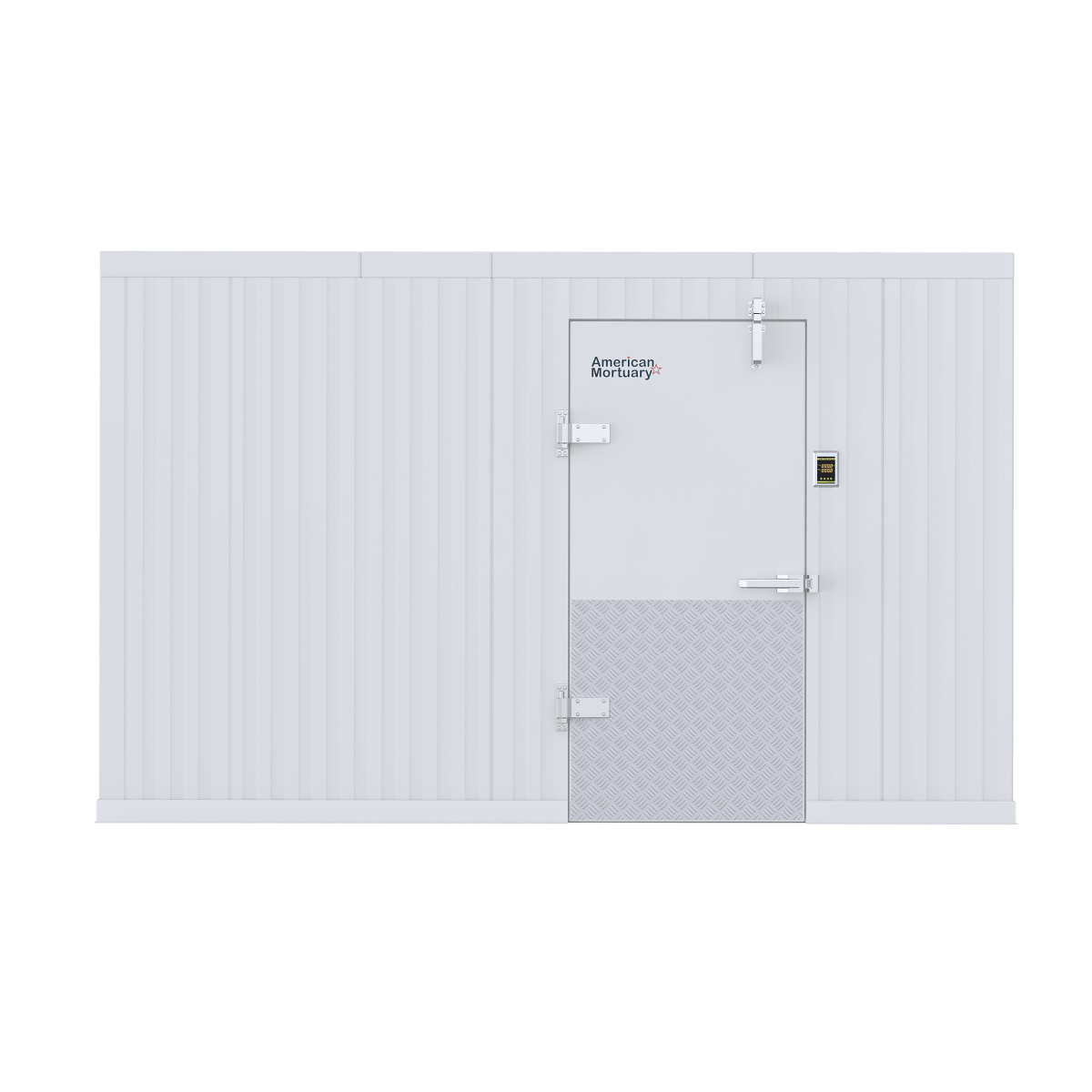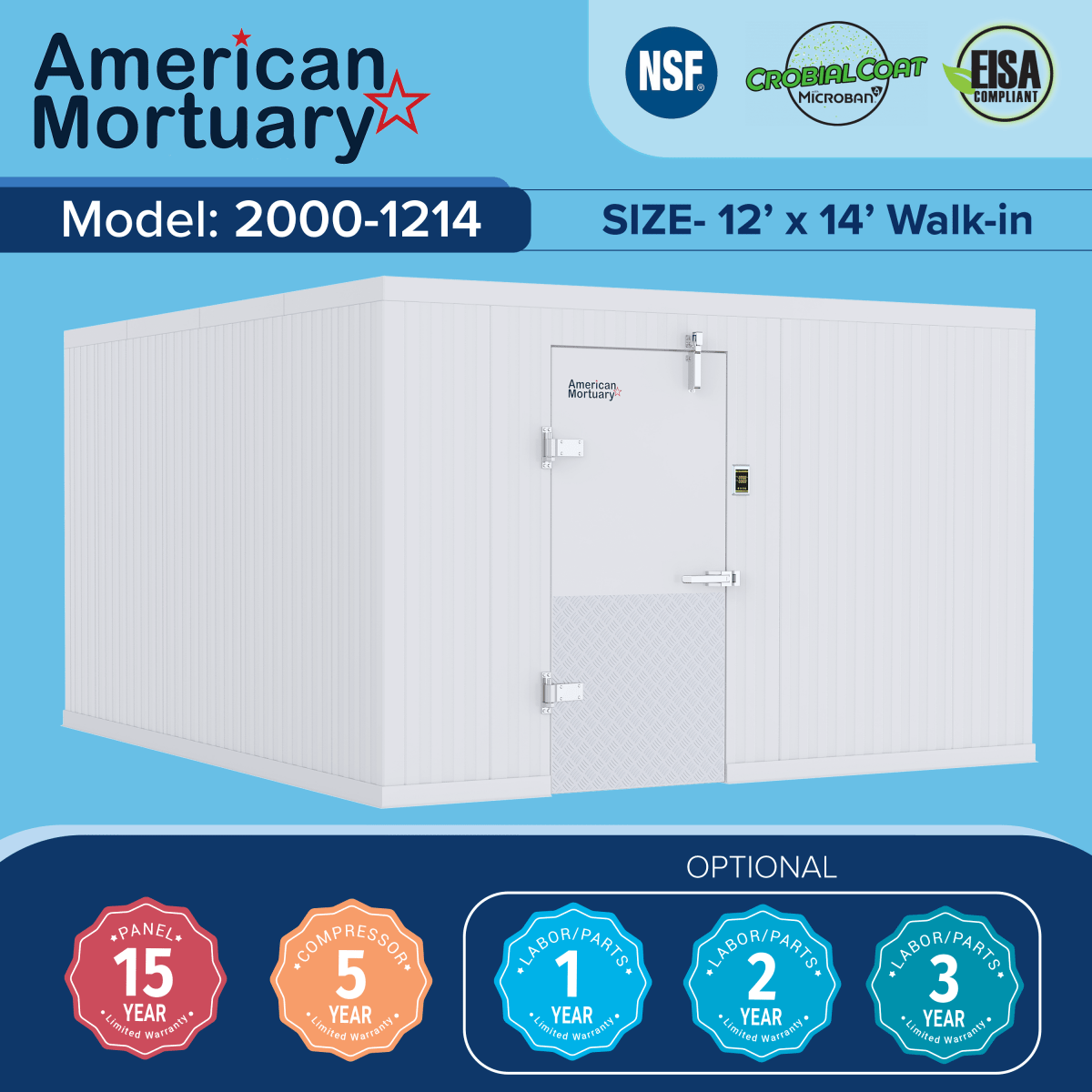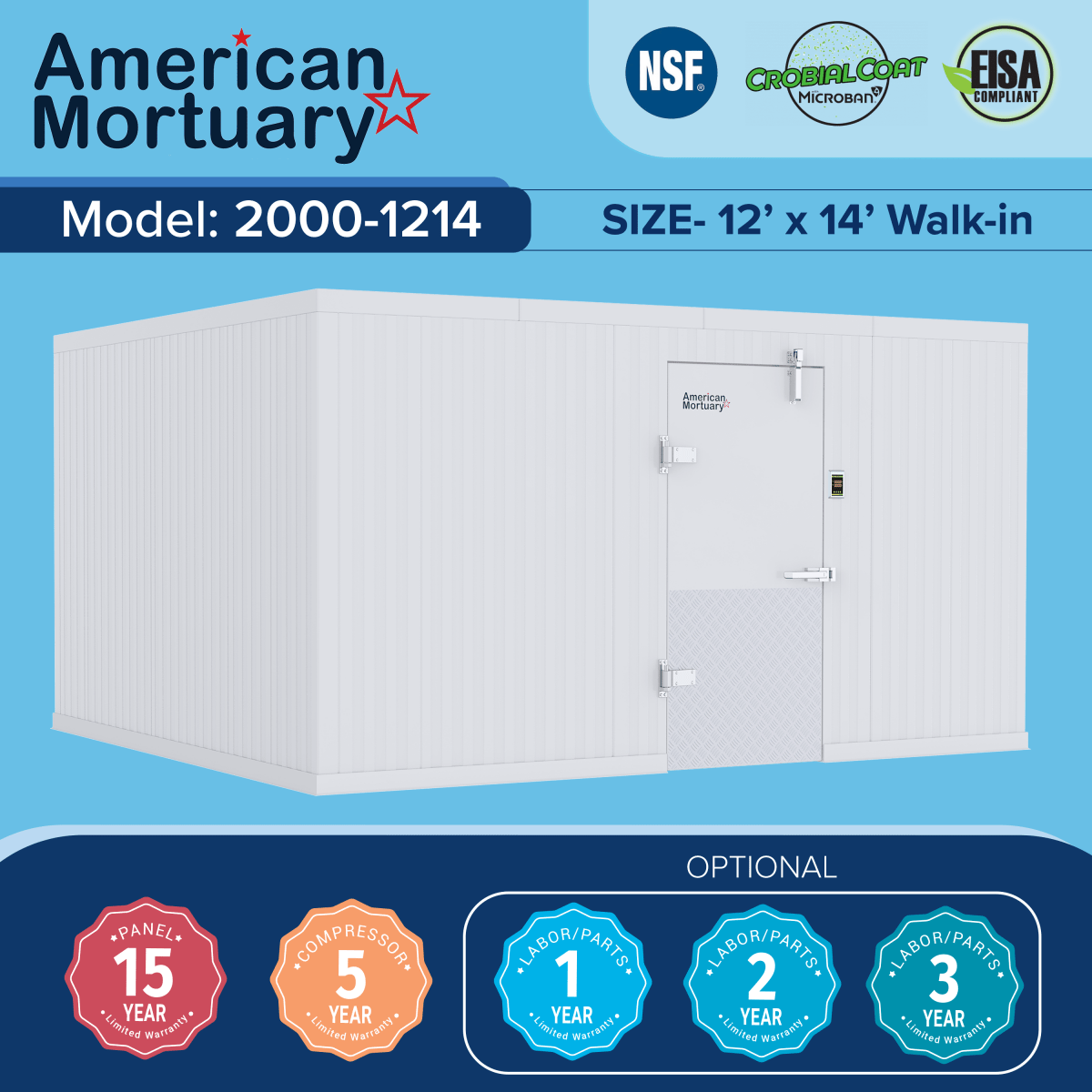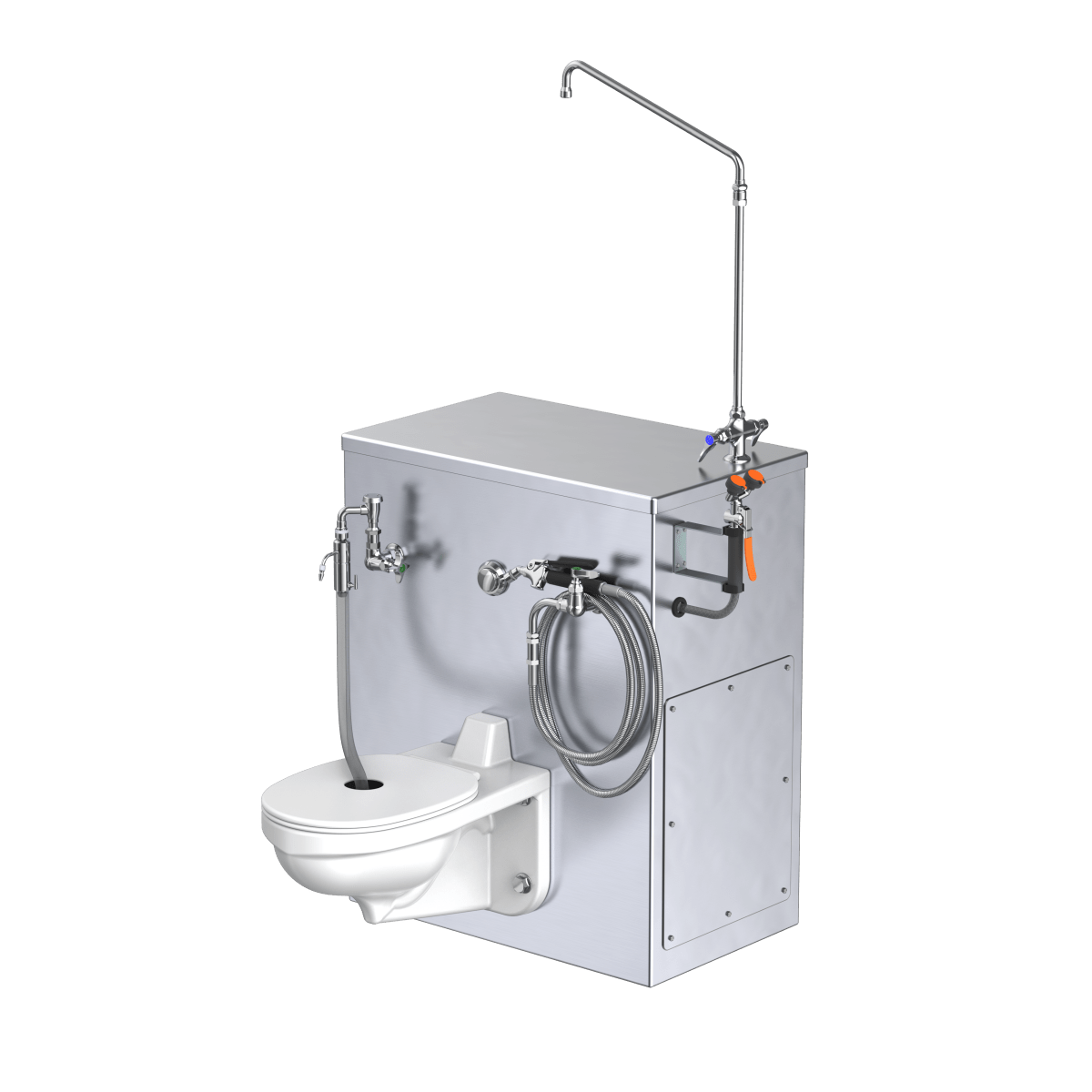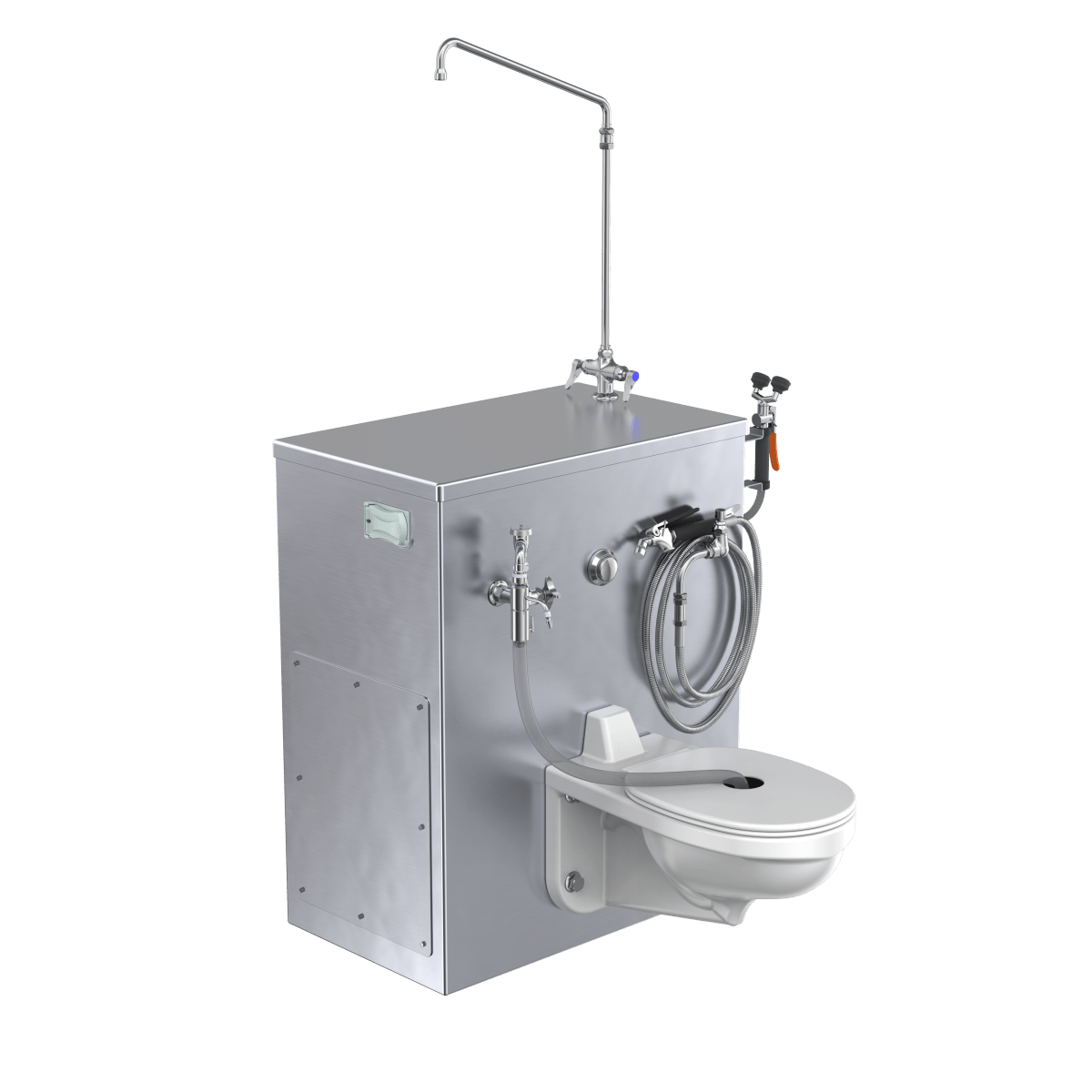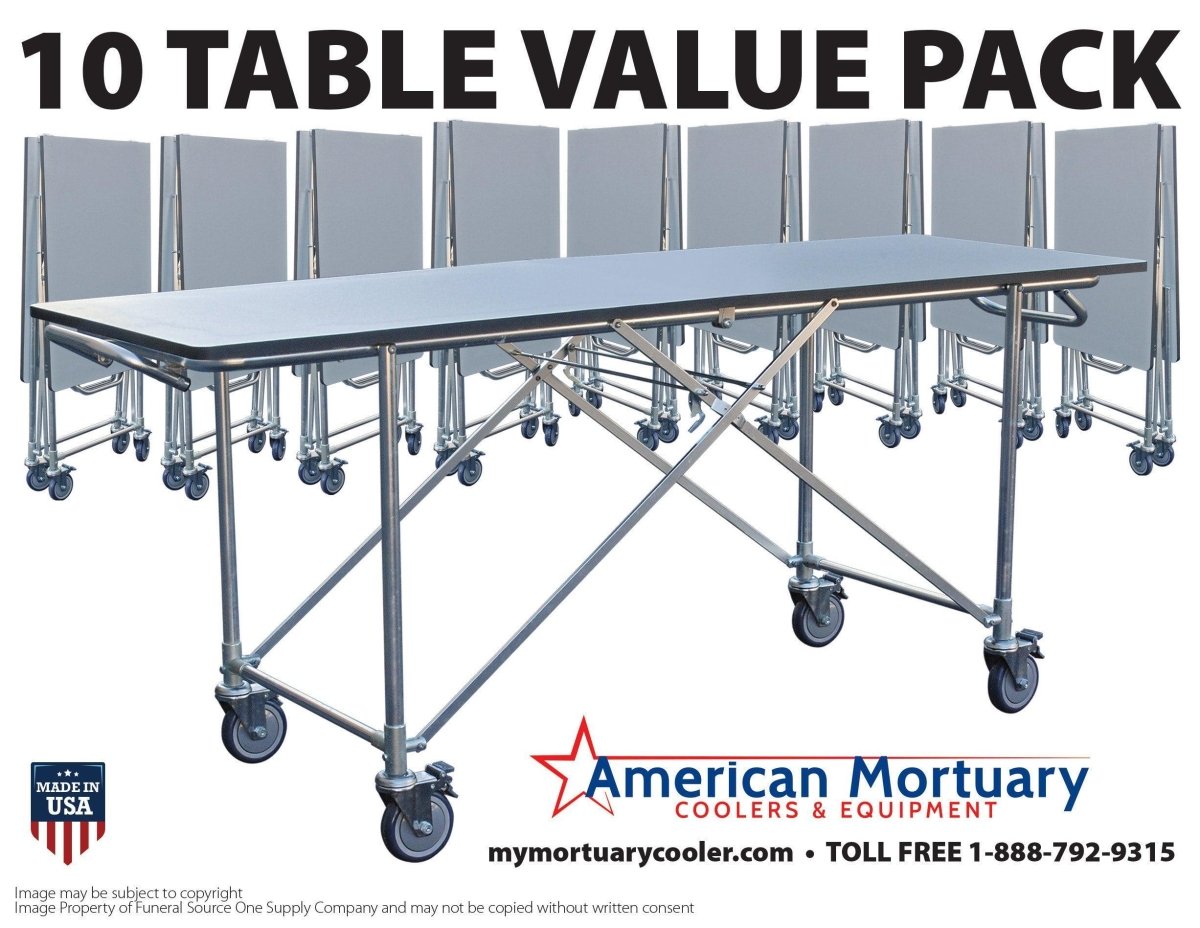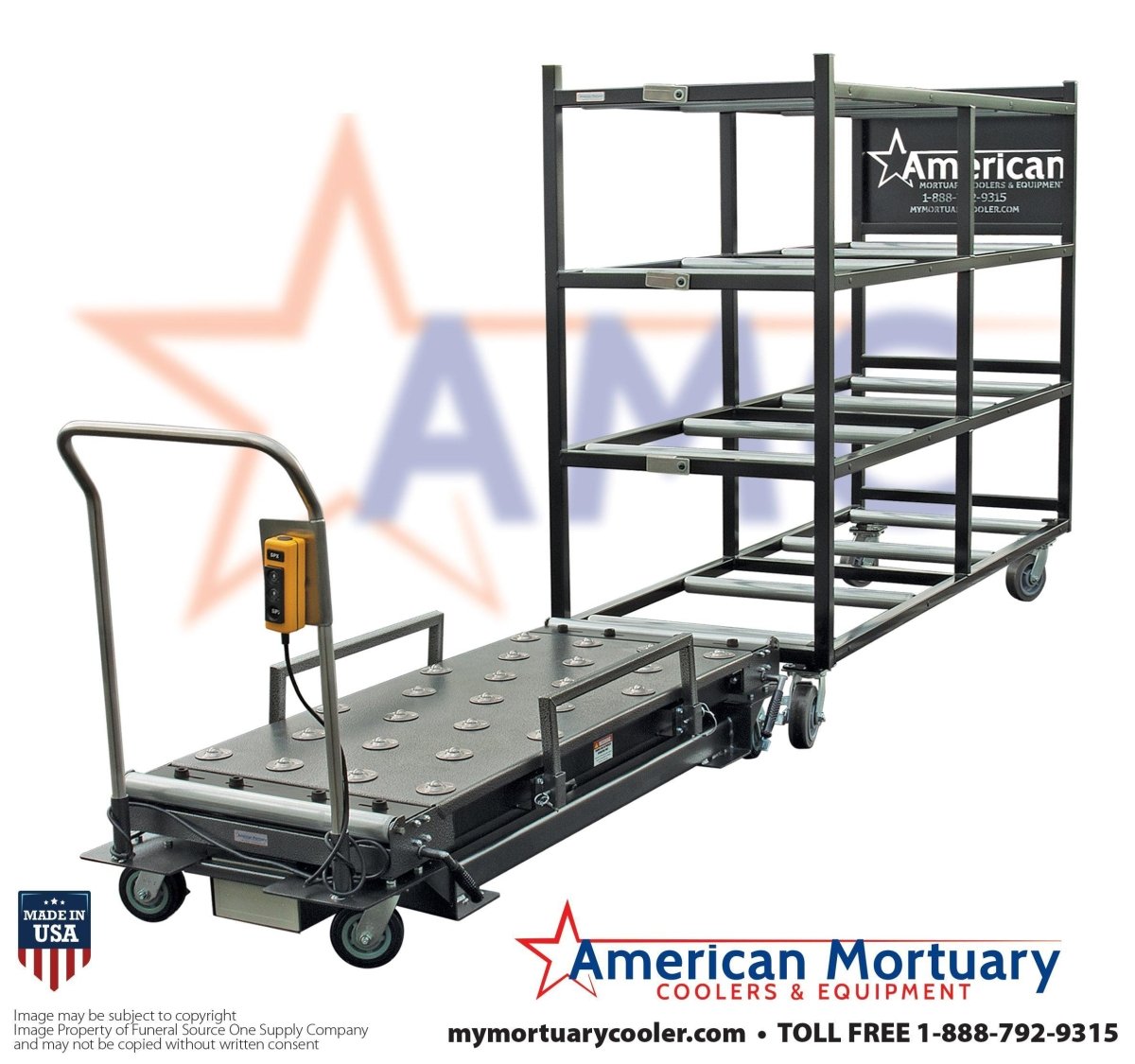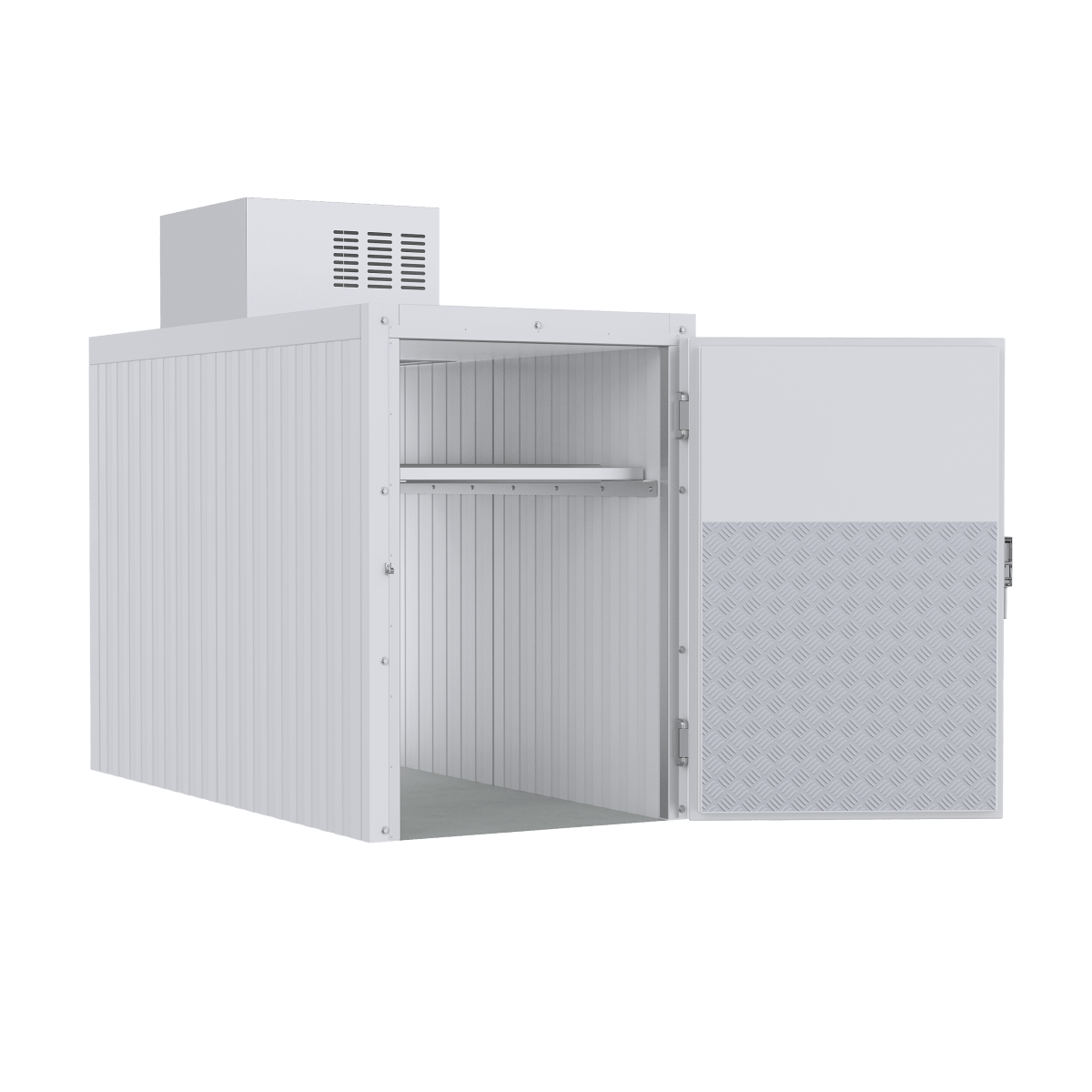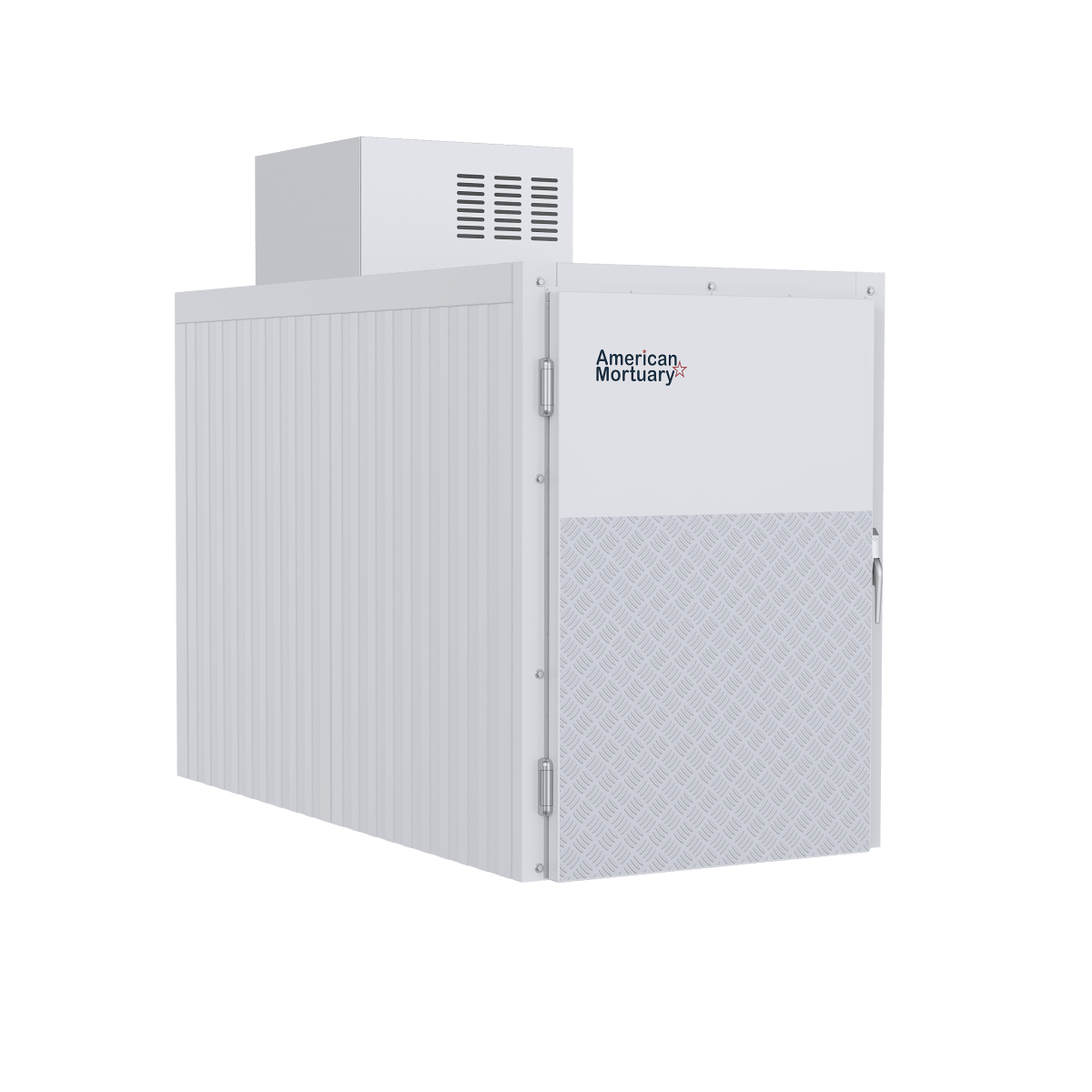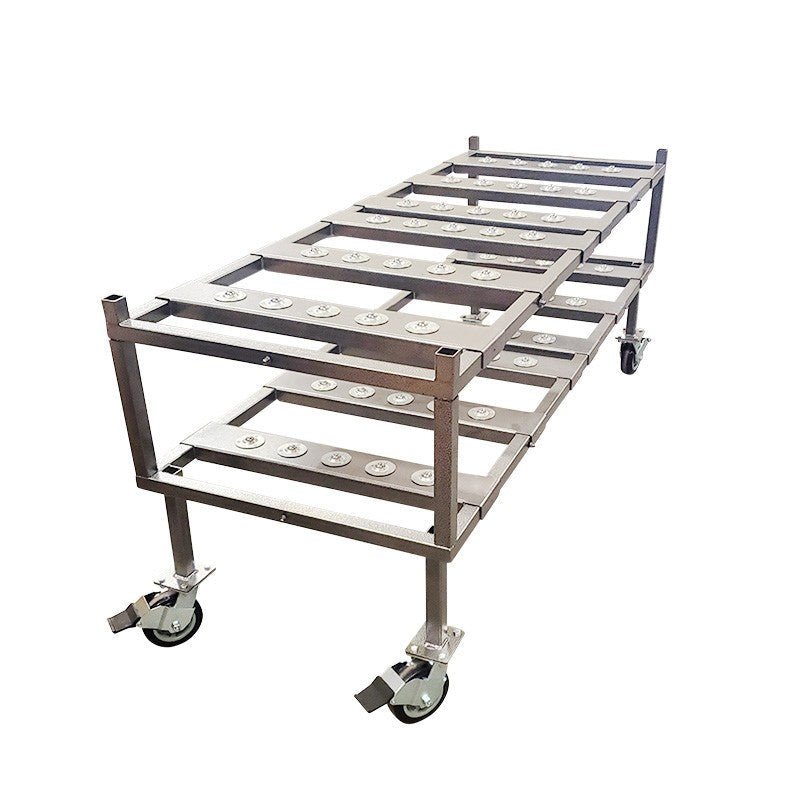Making the Right Choice for Your Veterinary Practice
Veterinary exam room tables are the cornerstone of any functional animal clinic, providing a stable, sanitary surface for examinations while enhancing workflow efficiency and patient comfort. When selecting the ideal table for your practice, consider these essential factors:
- Table Type: Stationary, wall-mounted, lift, mobile, or wet tables
- Material: Stainless steel (most common), powder-coated steel, or PVC tops
- Features: Height adjustability, marine edges, storage options, scale integration
- Size & Capacity: Most tables support 300-500 lbs with dimensions custom to your space
- Budget: Price ranges from $1,000 for basic models to $8,000 for premium options
The right exam table not only improves clinic operations but directly impacts staff health and animal comfort. With lift tables proven to reduce staff back injuries by up to 30%, and wall-mounted options saving up to 5 feet of floor space when folded, your choice significantly affects daily practice efficiency.
"The constant in exam tables is the need for flexibility," notes one manufacturer, highlighting how today's veterinary professionals seek adaptable solutions that serve as an "extra assistant" during examinations.
I'm Mortuary Cooler, a national-level supplier specializing in durable medical equipment including veterinary exam room tables designed for clinical efficiency and long-term reliability. My experience helping hundreds of practices select appropriate veterinary exam room tables has shown that functionality, durability and customization options are the key factors in practice satisfaction.

Simple veterinary exam room tables glossary:
Understanding the Core Categories of Veterinary Exam Room Tables
When setting up your veterinary practice, knowing what table options are available makes all the difference. Think of your exam table as the heart of your practice – it's where the magic happens every day! Let's explore the different types of veterinary exam room tables and how each one might fit your unique practice needs.

Stationary & Freestanding Basics
The trusty stationary exam table – it's like that reliable friend who's always there when you need them. These fixed-height tables don't have bells and whistles, but they get the job done consistently day after day.
Dr. James Wilson, who's been in veterinary medicine for over 20 years, puts it simply: "Stationary tables remain popular for their simplicity and reliability. They're always ready when you need them and require minimal maintenance."
These workhorses typically stand 35-36 inches tall (though you can get custom heights if needed) and support between 300-500 pounds. Many come with handy built-in storage drawers for keeping instruments within reach during exams. With prices typically ranging from $1,000-$2,000, they're perfect for practices watching their budget while still demanding quality.
Space-Saving Wall-Mounted Designs
For those of us working in cozy spaces, wall-mounted tables are nothing short of brilliant. When you're finished using them, just fold them up against the wall, and voilà – you've got your floor space back!
"One of our most popular tables folds up out of the way for exams on lap pets or giant breeds," explains one manufacturer. When folded, these clever tables extend less than 5 inches from the wall, saving up to 5 feet of valuable floor space.
These tables are perfect for small clinics, multi-purpose exam rooms, and mobile veterinary units. They're also ideal when you need to examine large dogs that might be more comfortable on the floor – just fold up the table and you have an instant consultation space.
Want to see these space-savers in action? Read More about Fold-Up Wall Mount Table Peninsula designs for some inspiration.
Lift Tables – Your "Extra Assistant"
If tables could talk, lift tables would say, "Let me handle the heavy lifting!" These adjustable marvels are like having another staff member in the room – one dedicated solely to making your job easier on your back.
Whether hydraulic (manual pump), electric (push-button), or scissor lift (extra stability for heavier patients), these tables adjust from as low as 18 inches up to 47 inches. Some models, like the Mobile Animal Lift Table (MALT), go even lower – starting at just 10¾ inches from the floor.
The best part? Industry data suggests these tables can reduce staff back injuries by up to 30%. As one manufacturer puts it, "Ergonomics have never been more important for veterinarians and technicians." When you're performing countless lifts every day, having an adjustable table can literally save your career.
For those nervous patients who might need a little extra security, check out the Animal Lift Table with Safety Tie Downs for specialized restraint options.
Mobile & Transport Solutions
Remember those days of awkwardly carrying heavy pets from the parking lot? Mobile tables have changed all that. With heavy-duty locking casters, these tables roll smoothly when you need movement but stay rock-solid during exams.
The Mobile Animal Lift Table (MALT) exemplifies what these tables do best – allowing your team to move pets directly from vehicle to treatment area without straining your staff's backs. These tables are perfect for emergency clinics, practices with multiple treatment rooms, or any facility looking to create a smoother workflow while protecting staff from injury.
Wet & Dental Prep Tables
When it comes to messy procedures, dental work, or surgical prep, standard tables just won't cut it. That's where wet tables come in – they're designed specifically to handle fluids without creating a puddle on your floor.
These specialized veterinary exam room tables feature integrated sinks, sloped surfaces for proper drainage, and marine edges that can contain up to one liter of fluid. Many come with bi-level tub designs varying from 6-15 inches deep, perfect for different procedures.
Available in everything from budget-friendly models to premium all-stainless-steel versions, wet tables typically run between $2,000 and $8,000 depending on features. If your practice offers dental services or surgical procedures, these tables aren't just nice to have – they're essential for maintaining proper workflow and sanitation.
At American Mortuary Coolers, we understand that choosing the right equipment isn't just about features – it's about finding the perfect fit for how you practice medicine every day. That's why we're dedicated to helping you find the table that becomes not just a piece of equipment, but a trusted partner in delivering exceptional care.
Key Features to Evaluate Before You Buy
Shopping for veterinary exam room tables can feel overwhelming with all the options available. But don't worry - focusing on a few key features will help you find the perfect match for your practice. Let's walk through what really matters when making this important investment.
Sizing Your Veterinary Exam Room Tables
Finding the right size table is like choosing the perfect pair of shoes - it needs to fit just right in your space. Most standard tables measure between 22-26 inches wide and 48-60 inches long, but that doesn't mean one-size-fits-all.
Consider your ceiling height carefully if you're eyeing lift tables. I once visited a clinic that had to return a beautiful new lift table because it rose too close to their exam room lighting! Fixed tables typically stand at 35-36 inches high, while lift models can adjust from floor level all the way up to 44-47 inches.
Your patient mix should heavily influence your sizing decisions too. A practice primarily seeing cats and small dogs has different needs than one regularly treating Great Danes and Saint Bernards.
"We measured our exam rooms three times before ordering," shares Dr. Sarah Chen from Pacific Pet Hospital. "That extra care saved us from a costly mistake and ensured we had enough space for staff and pet parents to move comfortably around the table."
Don't forget to account for the human element - you'll need space for staff to access all sides of the table and room for clients to stand comfortably during consultations.
Must-Have Ergonomic Adjustments
Your back will thank you for paying attention to ergonomics! Tables that adjust from near floor level (18 inches or lower) to standing height (over 40 inches) can dramatically reduce the physical strain on your team.
"My lift table is like having an extra assistant in the room," one veteran veterinarian told me after 15 years in practice. "Being able to adjust the height for different procedures - and different staff heights - has saved our backs." This isn't just anecdotal - industry data shows lift tables can reduce staff back injuries by up to 30%!
When comparing adjustment mechanisms, electric lifts offer the smoothest operation but require power access, while hydraulic options provide reliable functionality without electrical connections. Some specialized tables even offer tilt capabilities for specific procedures.
Don't overlook knee space in your evaluation. Tables with recessed bases allow your team to sit comfortably during longer procedures, reducing fatigue during detailed work like dental exams or suturing.
Smart Storage & Workflow Add-Ons
The right storage solutions can transform your exam room efficiency. Imagine having everything you need within arm's reach during every examination!
Modern veterinary exam room tables offer impressive storage options - from simple drawer units to comprehensive systems with varying compartment sizes for instruments, forms, and supplies. Some premium models even include integrated power outlets for your diagnostic equipment.
Thoughtfully designed storage might seem like a small detail, but practices report saving 1-2 minutes per exam with optimized organization. That adds up quickly in a busy clinic! Custom cabinet and drawer configurations can be custom to your specific workflow needs, like the MOBI-VET-EXAM-TBL-Knee-Space model with its customizable layouts.
When evaluating storage options, think about your most common procedures and what supplies you reach for repeatedly. Having those items in dedicated, easily accessible drawers can make a world of difference in your daily workflow.
Built-In Heating & Scale Technology
Integrated technology features have revolutionized modern exam tables. Built-in heating elements with preset temperature controls keep patients comfortable during exams, reducing stress and making procedures smoother for everyone involved.
Weight-integrated tables have become particularly popular, eliminating the need to move nervous pets to a separate scale. "Our integrated scale tables have completely streamlined our workflow," explains Dr. Michael Roberts from Eastside Veterinary Clinic. "We get accurate weights without transferring patients, which means less stress for anxious pets and time savings on every single visit."
Premium scales offer impressive precision - some down to 50 grams - which is essential for monitoring small patients or tracking subtle weight changes in chronically ill animals. When evaluating these tech features, consider practical details like power requirements, calibration procedures, and compatibility with your practice management software.
For a deeper dive into all these features and how they compare across different models, our Beginners Guide to Comparing Vet Exam Tables offers a comprehensive overview to help guide your decision.
Materials, Durability & Infection Control
The materials used in veterinary exam room tables directly impact durability, ease of cleaning, and infection control capabilities. Understanding these differences helps practices make informed decisions that balance initial cost against long-term performance.

Why Stainless Steel Still Rules for Veterinary Exam Room Tables
When it comes to exam tables, stainless steel—particularly 304-grade—remains the undisputed champion in veterinary practices. There's a good reason for this enduring popularity: nothing quite matches its combination of durability and sanitation properties.
"We've had our stainless steel tables for over a decade, and they still look and function like new," shares Dr. Jennifer Williams from Companion Animal Hospital. "The initial investment has paid for itself many times over in longevity and reduced maintenance costs."
What makes stainless steel so special? For starters, its superior corrosion resistance means it stands up beautifully to daily exposure to bodily fluids, harsh cleaning chemicals, and disinfectants without degrading. Its non-porous surface leaves nowhere for bacteria to hide, making thorough cleaning straightforward and effective.
Most quality stainless tables last 15+ years with proper care—that's thousands of exams per table! They also handle heat wonderfully, which matters if you're using integrated heating elements to keep patients comfortable. As a bonus, when that long lifespan finally ends, stainless steel is fully recyclable, making it an environmentally responsible choice.
Heavy-gauge stainless (typically 16-18 gauge) provides the optimal balance of weight and durability. Yes, you'll pay more upfront, but spread that cost over its lengthy lifespan, and stainless often becomes the budget-friendly option in the long run.
Alternative Finishes: Pros & Cons
While stainless steel dominates veterinary practices, alternative materials offer unique advantages that might suit specific clinic needs and budgets.
Powder-coated steel tables cost less initially and come in various colors to match your practice branding. They're also noticeably quieter—no more startling metal clangs when setting down instruments during nervous pet exams. The downside? They're more vulnerable to scratches and chemical damage, potentially shortening their useful life.
"We chose powder-coated tables for our cat-only practice," explains Dr. Mark Simmons. "The quieter surface helps keep our feline patients calmer, and the gentle green color creates a more soothing environment than clinical stainless."
PVC and composite tops offer another alternative with some appealing qualities. They feel warmer to the touch (no cold shock for your patients), dampen noise effectively, and handle water exposure well. However, they may show wear more quickly and can be damaged by certain solvents commonly used in veterinary settings.
Blue-Line color-accent tables provide a nice middle ground—primarily stainless steel but with colored accents that can match your practice branding while maintaining a professional appearance. They balance aesthetics with durability, though the colored portions may show different wear patterns over time.
When weighing these alternatives, consider how intensively you'll clean between patients, which disinfectants you prefer, your budget constraints, and your overall practice aesthetic.
Cleaning & Maintenance Best Practices
Keeping your veterinary exam room tables properly cleaned and maintained isn't just about appearances—it's essential for infection control and extending equipment life.
A simple daily cleaning routine makes all the difference. After each patient, remove visible debris with disposable towels, apply an approved veterinary disinfectant, allow proper contact time (usually 5-10 minutes), and wipe surfaces dry to prevent water spots or pooling. This straightforward process maintains a safe environment between patients.
Weekly deep cleaning should be more thorough. Take time to inspect for damage or loose components, clean underneath and behind tables (including bases and support structures), check drainage systems on wet tables, and lubricate moving parts according to manufacturer recommendations.
"Consistent cleaning protocols between patients are non-negotiable," advises Dr. Robert Chen, an infection control specialist. "The materials you select should withstand your practice's specific disinfection regimen without degradation."
Don't forget regular maintenance checks. Examine lift mechanisms to ensure smooth operation, verify table stability and levelness, inspect electrical components on powered tables, test scale calibration if applicable, and confirm any heating elements work properly. These simple checks can prevent costly repairs and extend table life.
For practices seeking more detailed guidance on equipment maintenance, our guide on Essential Morgue Forensic Lab Equipment: Refrigeration Instruments & Supplies by American Mortuary Coolers offers valuable insights that apply to veterinary equipment as well.
When comparing stainless steel to powder-coated options, consider this: stainless steel typically costs 15-30% more initially but often lasts twice as long when exposed to the same cleaning chemicals and daily use. That's why many practice owners consider it an investment rather than an expense—it simply delivers more exams per dollar over its lifetime.
Ergonomics, Safety & Workflow Efficiency
When it comes to veterinary exam room tables, ergonomics isn’t just a fancy word—it’s the secret ingredient that keeps your team happy, your patients calm, and your clinic running like a well-oiled machine. The right table doesn’t just hold the patient; it supports your entire workflow, making every exam smoother and every lift a little lighter on the back.

How Lift Tables Boost Safety for Staff & Pets
Let’s face it—lifting wiggly Labradors or anxious cats onto a table multiple times a day is a recipe for sore backs (and maybe a few new dance moves). That’s where lift tables truly shine. With floor-level loading, pets can walk (or be gently guided) right onto the table, skipping the struggle of a full lift. This is a lifesaver for your staff and a comfort for pets who’d rather keep all four paws on solid ground.
Modern lift tables also come equipped with smart features like obstruction sensors that stop the table if anything’s in the way—no crushed tails or tangled cords here. And with silent actuators, you won’t startle sensitive pets with noisy motors as the table glides up or down. The whole process stays stable and smooth, so everyone in the room stays safe and feels at ease.
Dr. Emily Rodriguez, a consultant in veterinary ergonomics, puts it simply: "Lift tables have changed the game. We’re seeing fewer staff injuries and a lot less physical strain year after year." That’s backed up by solid numbers too—clinics report up to a 30% drop in back injuries after switching to lift tables. If you want to keep your team healthy (and out of the chiropractor’s office), this is the way to go.
It’s also important that lift tables hold steady at every height and have solid locking mechanisms and emergency stops for peace of mind. After all, safety should never be left up in the air!
Wall-Mounted vs Freestanding: Workflow Impact
The choice between a wall-mounted or freestanding table shapes how your exam room works, every single day.
Wall-mounted tables are the kings of flexibility in smaller spaces. When folded up, they can free up several feet of floor space—suddenly your exam room feels double the size! This gives you the option to examine large dogs right on the floor, hold standing consultations, or create an open spot for nervous pets who need extra room to settle in. They’re also a breeze to clean around, which everyone appreciates at the end of a long shift. Dr. Thomas Lee from Urban Pet Clinic says, "Our wall-mount tables made it so much easier to see big breeds and work with clients in a crowded room."
On the flip side, freestanding tables offer consistent access and 360-degree movement around the patient. You don’t have to fold, unfold, or worry about wall strength. Many models offer built-in storage, so your most-used tools are always within reach. If your space allows, these tables can make daily routines just a bit more streamlined.
When making your decision, think about the pets you see most often, how many staff or clients squeeze into the room, and the way you like to work. Sometimes, the right answer is a mix of both styles in different rooms!
Integrating Lighting & Accessory Rails
Today’s veterinary exam room tables can do more than just hold a patient—they’re multitasking stations designed for real-world clinic needs.
Built-in LED exam lights bring bright, even lighting right where you need it, letting you spot skin issues or suture lines with less eye strain. Accessory rails snap on anything from anesthesia screens to instrument trays, keeping everything close at hand and the table surface uncluttered. And when those screens are up, you can separate "clean" and "dirty" zones for safer, more organized procedures.
Dr. Sarah Johnson shares, "We added adjustable lighting and rails to our tables, and suddenly our whole team could see better, work faster, and keep everything organized." Just remember—if you’re adding electronics, check the power outlet setup and make sure everything’s easy to clean. Flexibility is key, so look for systems that let you add or remove accessories as your clinic’s needs evolve.

In the end, the ergonomic design of your veterinary exam room tables isn’t just about comfort—it’s about creating a safer, smoother, and happier environment for every patient, client, and staff member who walks through your clinic doors. And isn’t that what good care is all about?
Budgeting, Pricing & ROI for Veterinary Exam Room Tables
Let's talk money—because as much as we all want the best for our furry patients, veterinary practices still need to balance quality with financial reality. When it comes to veterinary exam room tables, understanding what you'll pay and what you'll get in return helps make that investment decision a whole lot easier.
Typical Costs by Table Type
I've helped hundreds of practices find their perfect match, and one of the first questions is always about price. Here's what you can expect to pay:
Stationary Tables typically run between $1,000 and $2,000. These are your basic workhorses—fixed height with stainless steel tops that support standard weights around 300-400 pounds. They're straightforward, reliable, and perfect if you're working with budget constraints.
Wall-Mounted Tables cost a bit more, usually $1,500 to $3,000. You're paying for that ingenious fold-up mechanism that saves precious floor space and the sturdy locking systems that keep everything secure. Some models include modest storage options too.
The Lift Tables represent a bigger investment at $3,000 to $7,000, but ask any practice that has them, and they'll tell you they're worth every penny. These tables offer hydraulic or electric height adjustment, premium safety features, and often optional extras like integrated scales or heating elements. They also typically support heavier patients—up to 500 pounds.
For practices that need Wet Tables with integrated sinks and drainage systems, budget between $2,000 and $8,000 depending on the features. These all-stainless-steel beauties include storage options and specialized tub depths between 6-15 inches.
As Dr. Michael Chen from Pacific Veterinary Hospital told me last year, "I initially thought our lift tables were expensive, but now I'd buy them twice over. They've saved our backs, improved our workflow, and honestly, our patients seem calmer too."
Evaluating Warranty & Manufacturer Support
The sticker price is just part of the story. What happens after installation can dramatically affect your total cost of ownership for veterinary exam room tables.
Most quality manufacturers offer tiered warranty coverage: 5-10 years on structural components, 2-5 years on mechanical parts like lifts and hinges, and 1-3 years on electrical components. Labor coverage typically runs about a year, though extended options are usually available.
When comparing similar tables, dig into the support details:
- Is phone technical assistance readily available when you need it?
- What's their track record for on-site service response?
- How quickly can you get replacement parts?
- Do they provide thorough documentation and troubleshooting resources?
Dr. Jennifer Williams shared with me how warranty terms became her deciding factor: "Two tables we considered were nearly identical in features and price. But one came with five-year comprehensive coverage instead of three. That peace of mind was absolutely worth choosing that vendor."
Pay special attention to warranty exclusions, maintenance requirements that might void coverage, and whether the warranty transfers if you sell your practice. And don't be shy about asking colleagues about a manufacturer's reputation for actually honoring their warranty claims!
Calculating ROI on Premium Features
Yes, premium features cost more upfront—but many pay for themselves surprisingly quickly.
Lift mechanisms might add thousands to your initial investment, but they've been shown to reduce staff injuries by up to 30%. When you factor in workers' compensation claims, staff turnover, and the cost of temporary help when someone's out with a back injury, most practices see their return on investment within 2-4 years.
Integrated scales save an average of 1-2 minutes per appointment. That might not sound like much until you multiply it across 20+ appointments daily. Practice manager Sarah Johnson tracked this carefully: "After installing integrated-scale lift tables, we gained enough time to add one more appointment slot per doctor each day. Do the math on that revenue over a year!"
Quality construction simply lasts longer. Premium veterinary exam room tables often remain in service for 15+ years compared to 5-7 years for economy models. When you spread the cost over their useful life, the annual expense often ends up lower for higher-quality equipment.
When calculating your potential return, remember to consider both the tangible benefits (time savings, reduced injuries) and intangible ones (improved client perception, better patient experience, and staff satisfaction). These all contribute to your practice's long-term success.
At American Mortuary Coolers, we've helped countless veterinary practices find the perfect balance between upfront investment and long-term value. Our experience crafting durable, custom equipment gives us unique insight into what makes for truly lasting quality in clinical environments.
Maintenance, Customization & Emerging Trends
Keeping your veterinary exam room tables in optimal condition while adapting to evolving practice needs requires attention to maintenance protocols and awareness of customization options and industry innovations.

Custom Cabinet & Drawer Configurations
When I visit veterinary practices across the country, I'm always impressed by how they've personalized their exam tables to match their unique workflow needs. Modern veterinary exam room tables offer remarkable customization possibilities that can transform your daily operations.
Knee space designs have become increasingly popular, allowing veterinarians to sit comfortably during longer procedures—a simple change that can dramatically reduce fatigue during busy days. These configurations typically include drawer storage on one or both sides, maintaining easy access to essential supplies.
For practices offering surgical services, anesthetic machine bays built into the table base provide dedicated space for equipment with integrated gas line management and secure mounting systems. This thoughtful integration not only improves safety but creates a cleaner, more professional appearance in your exam rooms.
"We worked with our table manufacturer to design custom drawer configurations based on the specific instruments and supplies we use most frequently," shares Dr. James Wilson of Companion Animal Hospital. "This small investment in customization has paid dividends in workflow efficiency."
I've seen practices benefit enormously from specialized storage options like instrument-specific drawer inserts, warming drawers for blankets, and dedicated waste management compartments. One creative clinic even added form storage for their most commonly used client documents, saving staff countless steps during appointments.
Before investing in customization, take time to observe your team in action. Which supplies do they reach for most often? Where do they waste steps? What frustrations could be eliminated with thoughtful design? These insights will guide your customization decisions toward meaningful improvements rather than merely aesthetic changes.
Latest Innovations Shaping Veterinary Exam Room Tables
The veterinary equipment world is constantly evolving, with exciting new technologies appearing regularly. Some of the most promising innovations I've seen recently are changing how practices approach patient care and workflow efficiency.
IoT weight logging capabilities are particularly impressive, automatically transmitting weight data to your practice management software. This eliminates manual entry errors while creating historical tracking that can alert you to significant weight changes—a crucial early indicator of many health concerns.
Heated composite tops have come a long way from earlier models. Today's versions offer even heat distribution with digital temperature controls and safety limiters to prevent overheating. Patients appreciate the comfortable surface, especially during longer procedures, and the energy-efficient designs warm quickly while minimizing electricity use.
For feline specialists, cat-centric circular lifts represent a thoughtful redesign of traditional tables. These specialized units feature smooth, whisper-quiet operation that reduces stress for notoriously anxious feline patients. Their smaller footprints also make them perfect for dedicated cat exam rooms where space may be limited.
Perhaps most exciting are the advances in antimicrobial surface technologies. Tables featuring integrated silver ion technology continuously reduce bacterial presence between cleanings, enhancing your infection control protocols without additional staff time or chemical exposure.
"The next generation of veterinary tables will feature greater integration with practice management systems, improved patient monitoring capabilities, and increasingly specialized designs for specific species and procedures," predicts industry expert Dr. Robert Chen.
When considering these emerging technologies for your practice, I always recommend evaluating compatibility with your existing systems, reviewing evidence supporting efficacy claims, understanding maintenance requirements, and researching the manufacturer's track record for innovation and support.
At American Mortuary Coolers, we've applied our expertise in durable medical equipment to develop veterinary exam room tables that incorporate many of these innovations while maintaining the reliability and longevity our customers expect. We understand that your equipment investments need to serve your practice for many years while adapting to evolving needs and technologies.
Frequently Asked Questions About Veterinary Exam Room Tables
What weight capacity should I look for?
Choosing the right weight capacity for your veterinary exam room tables is a bit like buying a truck - you want something that can handle more than your average load.
For small animal practices, a minimum 300-pound capacity usually does the trick. If you're running a mixed practice with those lovable giants like Great Danes or Newfoundlands regularly visiting, you'll want to step up to a 400-500 pound capacity. And for those specialty practices occasionally handling equine or livestock patients, custom solutions supporting 1,000+ pounds become necessary.
"I always tell new practice owners to think beyond their average patient," shares Dr. Thomas Lee. "You need that extra capacity for those unexpected moments when multiple staff members are leaning on the table during a difficult procedure or when that 'medium-sized' dog turns out to be much larger than the owner described!"
One important note - when looking at lift tables, verify the weight capacity applies throughout the entire range of motion. Some tables might boast impressive capacity when locked at standard height but lose significant strength when fully extended.
How often should tables be serviced and disinfected?
Keeping your veterinary exam room tables clean and well-maintained isn't just good medicine - it's good business sense too.
For disinfection, the rule is simple: clean between every patient using approved veterinary disinfectants. This means a thorough wipe-down of all surfaces your patients contact. At day's end, extend that cleaning to include the bases and supports. Once weekly, set aside time for deep cleaning those hard-to-reach spots, drainage systems, and moving parts.
When it comes to maintenance, develop a regular rhythm: monthly visual inspections and tightening of any loose fasteners; quarterly lubrication of moving parts according to what your manufacturer recommends; and annual professional check-ups for lift mechanisms, electrical systems, and structural integrity.
Infection control specialist Dr. Sarah Johnson puts it perfectly: "Consistent cleaning isn't just about preventing disease transmission - it actually extends the life of your equipment. Many practices don't realize that letting disinfectants pool on surfaces can be as damaging as not cleaning at all."
Always stick to the manufacturer's guidelines for both cleaning products and service schedules - not just for optimal performance but to keep your warranty valid too.
Are heated tops safe for all species?
Heated table surfaces are like that perfect cup of coffee - wonderful when just right, but potentially problematic when too hot.
Most heated veterinary exam room tables maintain temperatures between 85°F and 105°F, which works well for many patients. However, smaller mammals, reptiles, and those adorable puppies and kittens typically need lower settings. You'll want to adjust temperatures based on both the length of the procedure and each patient's specific condition.
"Heated tables are wonderful for patient comfort, but they require mindful management," explains Dr. Emily Rodriguez. "I'm especially careful with sedated animals or those with compromised thermoregulation. What feels comfortable to a healthy adult dog could potentially cause overheating in a geriatric cat under anesthesia."
Best practices include checking temperature settings before each patient, using external temperature monitoring during longer procedures, keeping portions of the table unheated for patients who need to cool down, and making sure everyone on your team understands proper temperature management.
Having thermal barriers like towels and pads readily available gives you flexibility to quickly adjust the effective temperature for heat-sensitive patients without having to wait for the table surface itself to cool down.
Conclusion
Selecting the right veterinary exam room tables represents a significant investment in your practice's efficiency, staff wellbeing, and patient care quality. As we've explored throughout this guide, the ideal table combines appropriate materials, ergonomic design, and customized features to support your specific clinical workflow.
When making this important decision, the lowest initial price tag rarely translates to the best long-term value. Those premium features like height adjustability, quality stainless steel construction, and integrated technology aren't just fancy add-ons – they often deliver substantial returns through improved efficiency, reduced staff injuries, and equipment that stands the test of time.
I've seen practices transform their operations with thoughtfully selected tables that match their unique needs. One small animal clinic in Colorado reduced staff back injuries by 28% in the first year after installing lift tables – a change that paid for itself through reduced workers' compensation claims and fewer missed workdays.
At American Mortuary Coolers, we understand the importance of durable, functional equipment in medical settings. While our primary focus is crafting custom mortuary coolers for the funeral industry, our expertise in medical-grade stainless steel fabrication extends naturally to veterinary equipment. Our manufacturing facilities across the United States—from Johnson City, TN to Los Angeles, CA—enable us to provide direct delivery of custom solutions to practices nationwide.
For practices with unique needs, don't settle for one-size-fits-all solutions. Reputable manufacturers who offer built-to-order options can create tables that perfectly match your space constraints, patient mix, and clinical workflow. Yes, custom equipment requires a bit more investment upfront, but those dividends come back daily through smoother operations and improved patient care.
Think of your exam tables as future-proofing your practice. The table you select today will likely serve you for a decade or more, making this a decision worth careful consideration. By evaluating your specific needs, patient demographics, and growth plans, you can select veterinary exam room tables that will become reliable partners in your practice's success story.
For more information on quality medical equipment solutions, take a moment to explore our detailed guide to Mobi Medical supply equipment.


